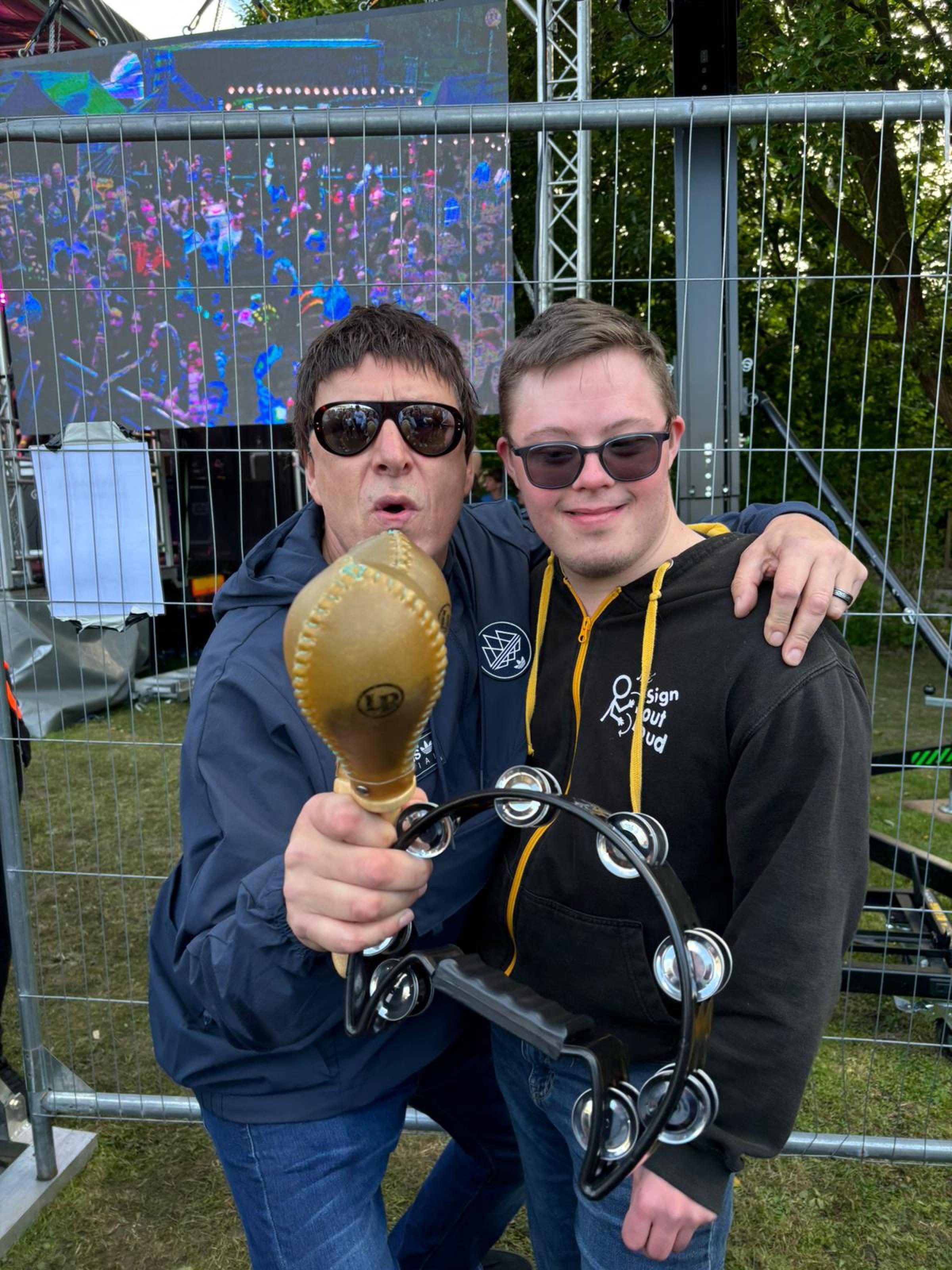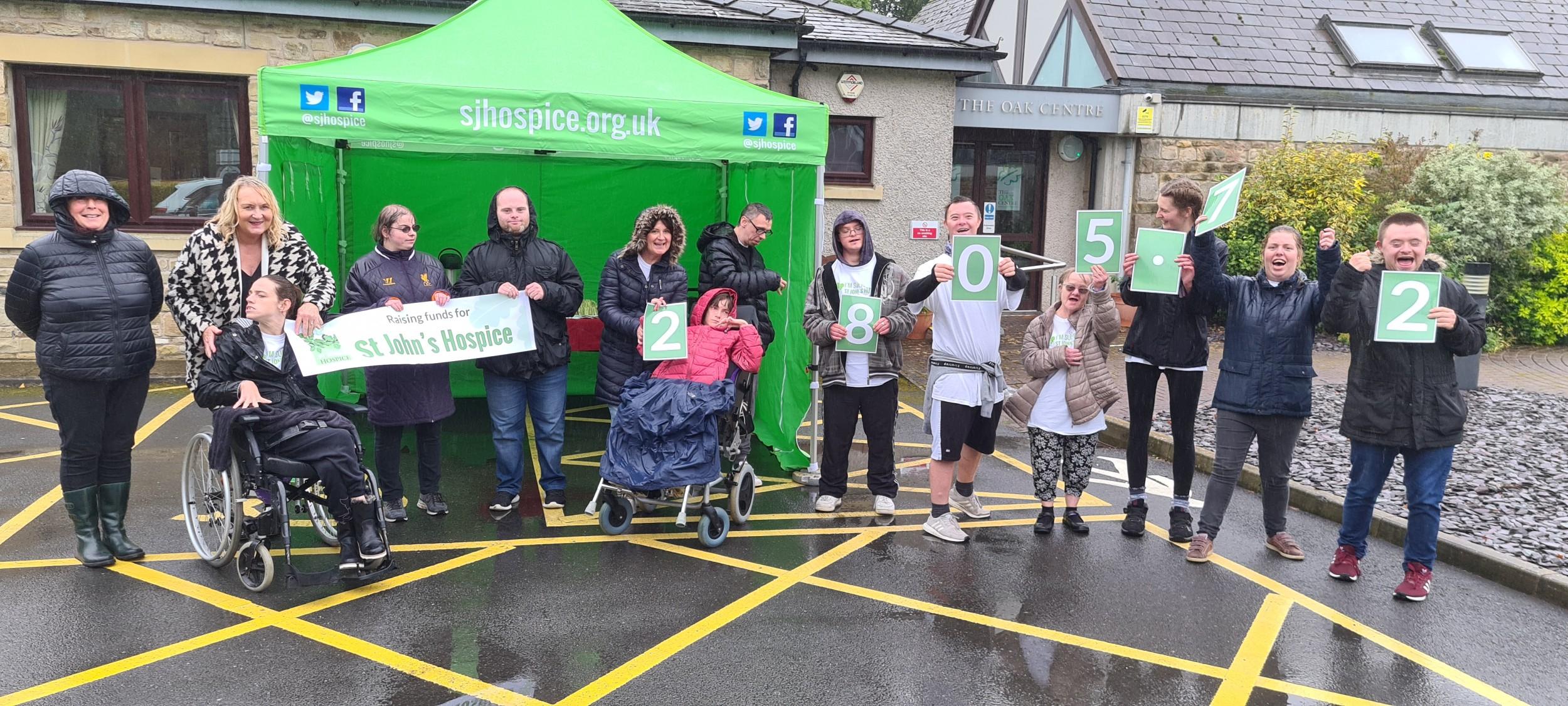Being Part of the Local Community: Inclusive Activities and Access
Being part of the community is a basic human need. Whether it’s grabbing a coffee, dancing at a party, joining a club, or simply being recognised by neighbours on the street—these everyday interactions help us feel connected and valued.
For adults with learning disabilities, community participation isn’t just a nice extra—it’s a vital part of wellbeing. Yet for too many, true inclusion is still out of reach. At Has2bhappy, we’re committed to changing that. We believe that everyone, regardless of ability, deserves opportunities to enjoy the rich social, cultural, and recreational life of their local area.
Why Inclusion Makes a Difference
The impact of being included in community life goes far beyond social enjoyment. Studies have consistently shown that social participation improves both mental and physical health. It can reduce anxiety and depression, build self-confidence, and even contribute to longer life expectancy.
For people with learning disabilities, these benefits are just as real—perhaps even more so. According to the Mental Health Foundation, inclusive community activities help:
Build friendships and reduce isolation
Improve self-worth and independence
Encourage healthy lifestyle habits
Strengthen resilience and emotional wellbeing
A report by the National Institute for Health and Care Research (NIHR) found that community involvement often boosts motivation and gives people with learning disabilities a greater sense of control over their lives.
In short, being part of the community is a key ingredient for living well.
Everyday Inclusion: What It Looks Like
Inclusion doesn’t need to be complex or expensive. Often, it’s about opening up ordinary opportunities that most people take for granted. These might include:
Visiting a local café without needing staff permission
Attending a football match, theatre show, or concert
Volunteering at an animal shelter or food bank
Going to the gym, a yoga class, or swimming pool
Taking part in church, choir, or community gardening
Joining local walking groups or book clubs
The goal is to support people with learning disabilities to access the same spaces, places, and experiences as everyone else, with the right support where needed—not to separate them into “special” alternatives unless that’s their preference.

Common Barriers People Face
While the benefits of inclusion are clear, barriers still exist. These include:
1. Physical and Environmental Barriers
Many venues remain inaccessible to people who use wheelchairs or need quiet, sensory-friendly spaces.
2. Attitudes and Assumptions
Negative stereotypes or a lack of awareness among staff or community members can make people feel unwelcome or out of place.
3. Fear of the Unknown
Sometimes, both individuals and support staff worry about “what might go wrong”—which can lead to avoidance, even when people are capable of joining in.
4. Transport and Affordability
Getting to and from events can be costly, complicated, or unsafe, especially in rural areas.
5. Lack of Support
People may need some help to plan activities, make choices, or feel confident in unfamiliar situations.

Has2bhappy in Action: Chloe’s Stay Out Nightclub
One shining example of inclusion in practice is Chloe’s Stay Out Nightclub, an accessible, inclusive nightclub created by and for people with learning disabilities. The idea came from Chloe, who told her support team she wanted the freedom to enjoy a proper night out—just like her peers.
With Has2bhappy’s encouragement, Chloe took the lead in designing a real nightclub experience that catered to her needs and those of her friends. The event included:
A safe, welcoming venue with trained staff
Great music and a buzzing atmosphere
Transport support and guidance
Quiet areas for breaks and emotional regulation
A planning group involving people with lived experience
The result? An electric, joyful night where everyone danced, laughed, and felt truly included.
“It was amazing! I felt free, happy, and grown up. It was my kind of night out.”
What started as an idea to share Chloe's love of life has now become a movement, showing how inclusive events can bring joy and connection to people who are often left out.
The Role of Support Teams and Families
Support workers and families play a key role in enabling community access. That includes:
Listening to people’s wishes and dreams, and not making assumptions about what they “can” or “should” do.
Helping plan and prepare, especially around transport, money, and communication.
Promoting dignity and independence, avoiding overprotection.
Challenging barriers—for example, speaking up if a venue isn’t accessible or training is needed.
Celebrating success, helping build confidence for next time.
At Has2bhappy, our teams receive ongoing training on person-centred planning and community inclusion so that we’re not just supporting people to exist—but to truly live.

Building Inclusive Communities: Everyone Has a Part to Play
Inclusion isn’t just the job of support providers. Community organisations, local businesses, councils, and neighbours all have a role in making their spaces more welcoming. Here are a few ways the wider community can help:
Provide easy-read materials and visual signage
Offer quiet hours or sensory-friendly events
Train staff in disability awareness
Invite people with learning disabilities to be part of planning groups
Value diversity as a strength, not a burden
When communities open their doors to everyone, they become richer, kinder, and more connected.
Final Thoughts
At Has2bhappy, we’re proud to support people to be part of the world around them. We believe inclusion is not about ticking boxes or offering token gestures—it’s about real choices, shared spaces, mutual respect, and joyful experiences.
Chloe’s story reminds us what’s possible when people are seen, heard, and included. Our job is to keep listening, keep learning, and keep making space—for everyone.
Let’s create communities where every person has the right to take part, to have fun, to be noticed, and to belong.

References
Mental Health Foundation. Community Connecting: People with Learning Disabilities.
https://www.mentalhealth.org.uk/explore-mental-health/publications/community-connecting-people-learning-disabilitiesNational Institute for Health and Care Research (NIHR). Community Activities Improve Health and Wellbeing for People with Learning Disabilities.
https://evidence.nihr.ac.uk/summary/community-activities-can-improve-health-and-wellbeing-of-people-with-learning-disabilities/Has2bhappy. Chloe’s Stay Out Nightclub: Where the Beat Meets the Heart.
https://has2bhappy.org.uk/blog/chloes-stay-out-nightclub-where-the-beat-meets-the-heart

